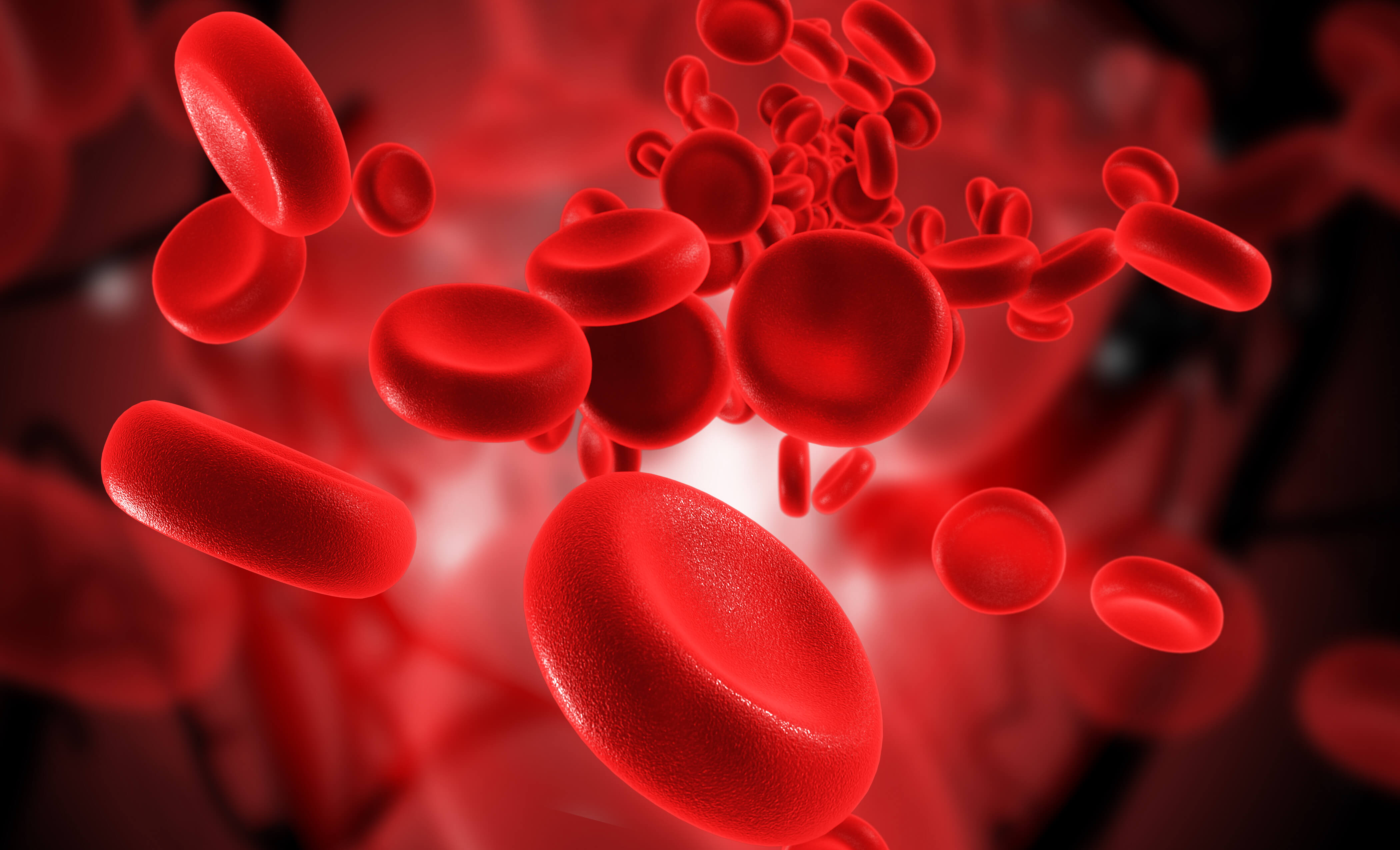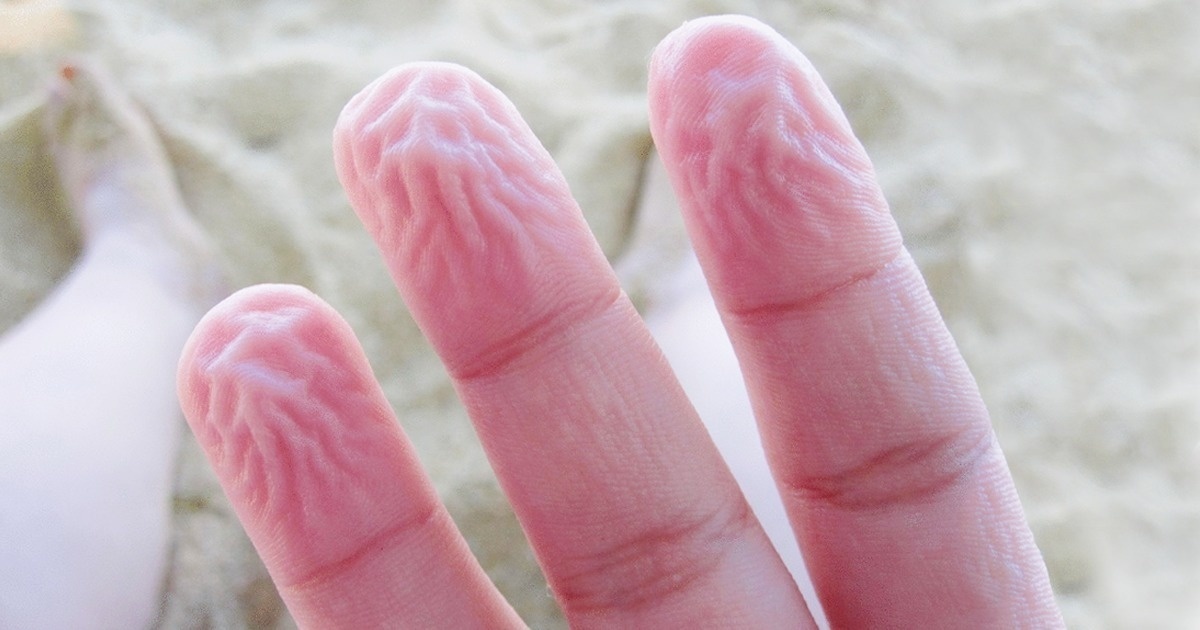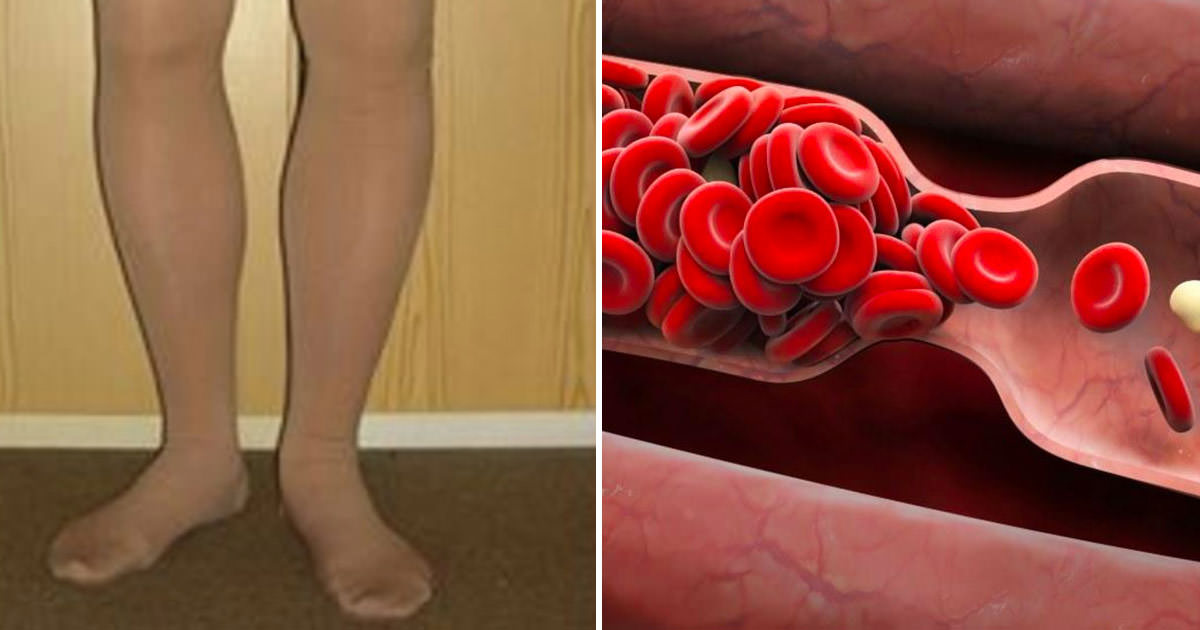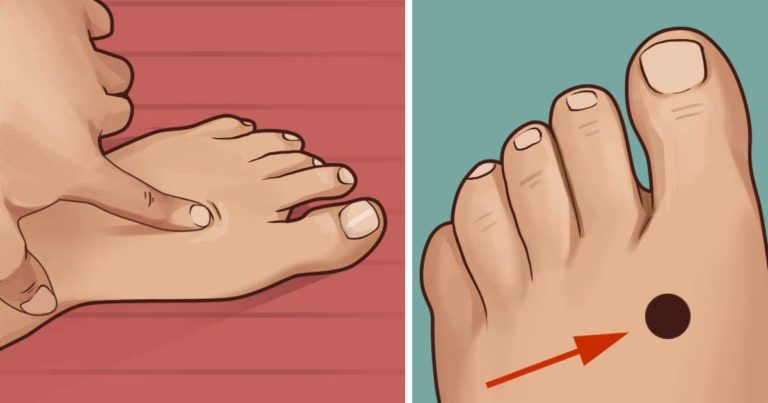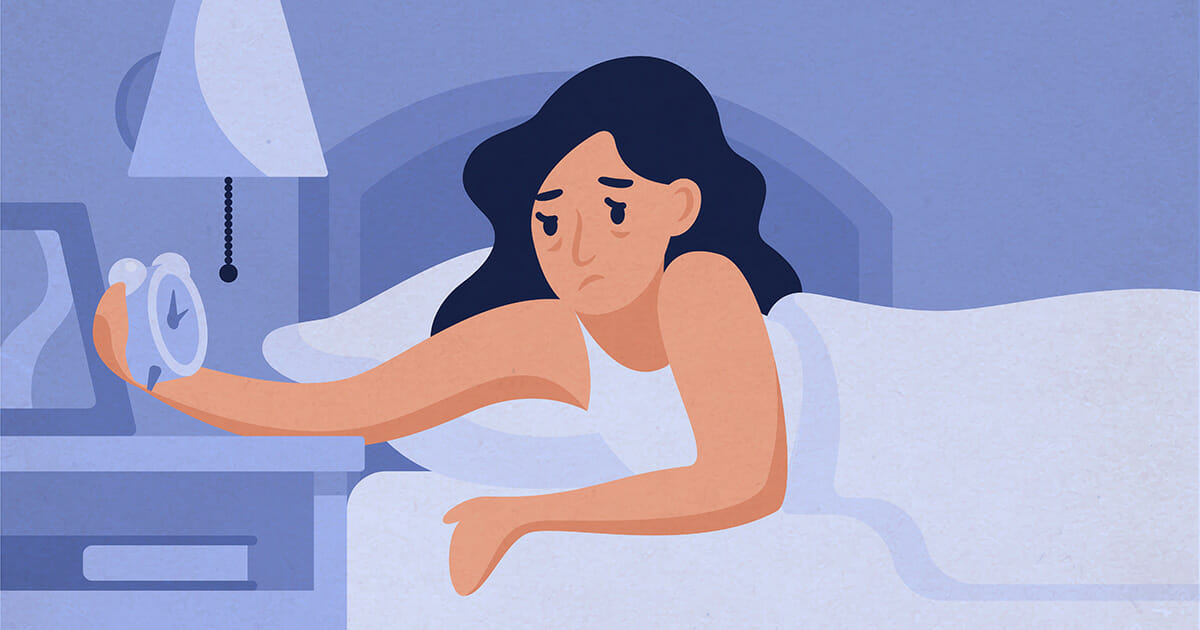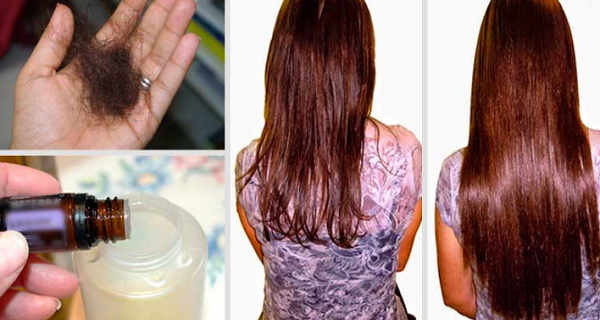If you see someone with prominent veins - you must tell them these things!
|
Have You Ever Noticed Those Bright Blue Veins on the Back of Your Hands and Wondered, “Is This Normal—or a Sign of Something Serious?”. Well, you’re not alone—and the answer might surprise you.
Did you know that these prominent veins may be more than just a cosmetic issue—they could actually signal a higher risk of dangerous blood clots?
Closer Than You Think
Those blue veins on your hands aren’t random. They’re part of a superficial vein network located just beneath your skin.
When certain things happen—like changes in your skin or body—these veins can suddenly become more visible, and sometimes in unusual ways.
For many people, especially those with fair or thin skin, these veins appear more clearly. That’s because lighter skin tones and less subcutaneous fat make the veins more noticeable. Older adults also tend to have more visible veins simply because skin thins with age.
Why Some People’s Veins Look Especially Blue
If you’re particularly lean or an avid athlete, these veins might stand out even more. When you exercise or lift heavy weights, your muscles swell and push the veins closer to the surface—this is why bodybuilders often have those pronounced “popping” veins that others envy. Pregnant women also tend to notice more prominent veins due to the circulatory system working overtime.
But There’s Another Side. Sometimes, blue or bulging veins can be a sign of varicose veins—veins that have become stretched, twisted, and weakened.
On the hands, they may look like thick, rope-like lines with a zigzag pattern, larger than normal. While often painless, varicose veins can cause discomfort and, in some cases, indicate more serious health risks.
When Blue Veins Can Be a Warning Sign
If you notice your veins becoming more prominent or painful—or if they begin to show redness, swelling, or warmth—don’t ignore it.
These could be signs of blood clots or other vascular issues requiring immediate medical attention. Conditions like deep vein thrombosis (DVT) or pulmonary embolism can be life-threatening.
How to Keep Your Veins Healthy
You may not always be able to prevent visible veins, but you can take steps to keep them healthier:
- Stay active. Moving your legs and arms helps increase blood flow.
- Maintain a healthy weight. Less pressure on your veins means better function.
- Avoid long periods of sitting or standing. Take breaks and stretch often.
- Quit smoking. It damages veins and impairs circulation.
- Wear loose-fitting clothing. Tight clothes can restrict blood flow.
If varicose veins become a concern, treatment options range from compression stockings and lifestyle changes to medical procedures like sclerotherapy or surgery. But the best first step is always to consult your doctor if you notice sudden changes or discomfort.
Bottom Line: Don’t Panic, But Don’t Ignore It
Visible blue veins can be a completely natural part of your body—especially if you're fair-skinned, lean, or physically active. The Cleveland Clinic notes that you’re definitely not alone if you’re concerned about prominent veins.
It’s actually quite common, and in most cases, there’s nothing to worry about. In fact, about one in three adults experiences varicose veins, one of the leading reasons veins become more noticeable.
But if they’re bulging, throbbing, or appear inflamed, it’s time to get checked out. Your veins might be telling you something important about your heart and circulatory health.
Don’t forget to share this article and this valuable information with your friends and family!




